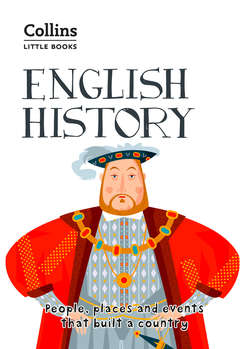Читать книгу English History: People, places and events that built a country - Robert Peal - Страница 20
Оглавление1060S and 70S | Norman Conquest
On Christmas Day 1066, the Duke of Normandy was crowned King William I of England at Westminster Abbey. In the years that followed, William was brutally effective at spreading Norman power throughout his new kingdom. The Normans would respond to any Anglo-Saxon rebellion by descending on their community, burning down their villages and slaughtering their inhabitants.
Perhaps the most infamous occurrence of Norman cruelty took place in 1069, when William’s newly appointed Earl of Northumbria was murdered by Anglo-Saxon rebels. William was furious, and vowed to make an example of the Northern rebels. His army marched north, and burnt to the ground every village between York and Durham. Farm animals were slaughtered, crops were destroyed, and the fields were laced with salt so that no more food could be grown. Known as the ‘Harrying of the North’, this event led to the starvation of perhaps 100,000 people.
Other examples of Anglo-Saxon rebellions and resistance took place, but all in vain. Through sheer military superiority, William’s occupying force of 20,000 men were able to subdue a population of two million. England’s era of Anglo-Saxon rule was firmly at an end.
Daniel_Kay
